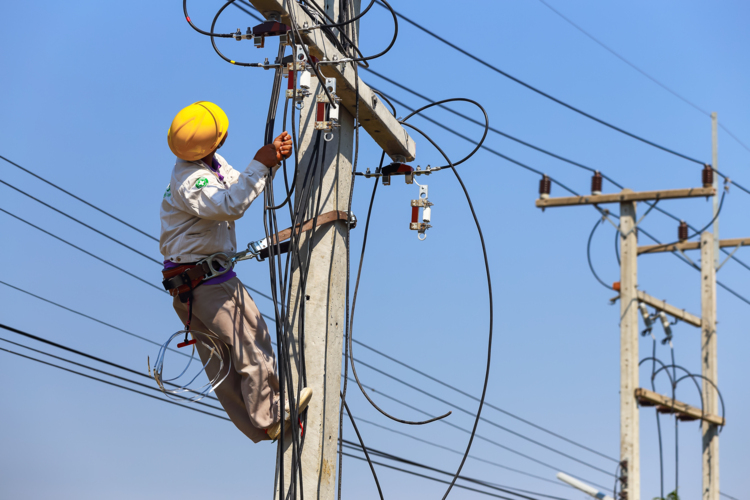 If I had to pick one product to represent the theme of my career in the wireless industry, it would have to be the tower mounted amplifier (TMA). I do have more than one string to my bow, as nobody could spend 30 years in wireless without continually learning about new products and technologies. It’s significant, however, that the TMA has been around for many years and still has a key function in enhancing network performance. One reason is, of course, that TMAs provide the same kind of advantage in any radio uplink budget, from the earliest narrowband analog systems to today’s advanced LTE and 5G technologies.
If I had to pick one product to represent the theme of my career in the wireless industry, it would have to be the tower mounted amplifier (TMA). I do have more than one string to my bow, as nobody could spend 30 years in wireless without continually learning about new products and technologies. It’s significant, however, that the TMA has been around for many years and still has a key function in enhancing network performance. One reason is, of course, that TMAs provide the same kind of advantage in any radio uplink budget, from the earliest narrowband analog systems to today’s advanced LTE and 5G technologies.
Some readers may be less familiar with the use of TMAs and the improvements they provide, perhaps particularly someone who has entered the industry in recent years. TMAs are primarily used to compensate for feeder loss in the uplink path and have been an essential component in base stations with transceivers located in cabinets on the ground. But for some time now, the remote radio head (RRH) has been the preferred radio architecture. When installed at the tower top near the antenna, the RRH obtains adequate uplink performance without the help of a TMA. Thus, for a period of some years, many site designs have not included TMAs and some understanding of their benefits may have been lost.
CLICK TO TWEET: The Past, Present and Future of Tower Mounted Amplifiers
So, you may ask, what role does the TMA have now and in the future? At the basic level, a TMA reduces the noise figure of the base station receive path and thereby improves the uplink budget. One perception about TMAs is that they mainly help improve coverage and are most useful in rural areas with taller towers and less traffic density. The bigger challenge today is generally not coverage, however, but traffic volume. With more emphasis on capacity and throughput in congested urban areas, how can TMAs help?
Traffic growth demands more spectrum, sectors and antennas. All this results in more equipment; however, there are limits to the space available at the tower top and the weight that can be supported. On congested sites, some radios must be placed on the ground and connected with feeders. The case for TMAs is again present, but can they help improve uplink throughput in a sector with limited coverage area and high traffic?
To find out, we used RF planning software to perform a series of predictions based on a typical cluster of base stations in an urban area. To learn more about how we did this and the results, download the new white paper “TMA Impact on Uplink Throughput.”
The white paper shows that TMAs help improve throughput in major parts of the coverage area, including indoor locations. I expect that they will remain a part of RF path designs in the coming years. We will want to keep them in our toolbox and maintain awareness of the benefits they can provide, and where they can be useful.
What is your experience with using TMAs, and what trends do you see for their role in future site designs?





